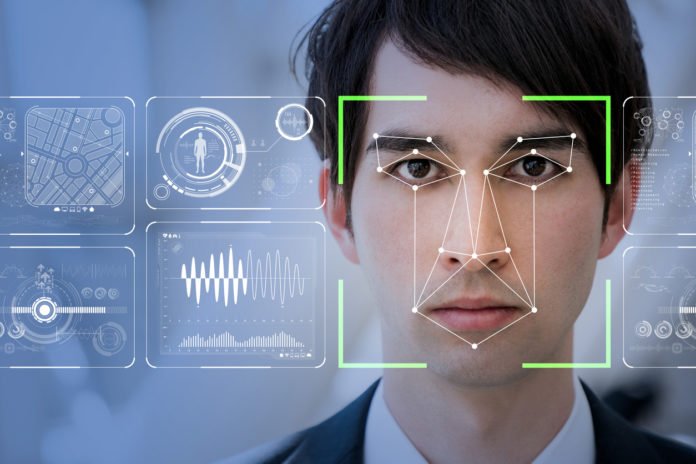A lot of companies use focus groups and surveys to understand how people feel and has never been an easy thing for companies to determine. The reason is simple, emotions are inherently difficult to read. For another, there’s often a disconnect between what people say they feel and what they feel. But putting AI into the picture solves the problem but at the same time makes it complex. they are trying to figure out “Can AI Recognize Emotions Correctly?”
It is believed that emotional AI technology can help businesses capture emotional reactions in real-time by decoding facial expressions, analyzing voice patterns, monitoring eye movements, and measuring neurological immersion levels. The outcome is aimed to give a much better understanding of their customers and even their employees.
Emotion recognition technology (ERT) is a technology that aims to use AI to detect emotions from facial expressions and is indeed a blooming multi-billion-dollar industry. Yet the science behind emotion recognition systems is quite complex.
Many companies use ERT to test customer reactions to their products but it can also be used in situations with much higher stakes, such as in hiring, by airport security to flag faces as revealing deception or fear, in border control, in policing to identify “dangerous people” or in education to monitor students engagement with their homework.
Based on research and experience working some businesses are using emotional AI technology in four ways which have its both pros and cons, such as:
To understand how emotionally engaged employees are in their work:
When AI is used to scan and observe employee emotions, it can have serious impacts on how work is allocated and whether they are enjoying their work or not. And some companies are already allowing employees to try different roles once a month to see what jobs they like most and here’s where bias in AI could reinforce existing stereotypes.

To create products that adapt to consumer emotions:
With emotion tracking, product developers can learn which features elicit the most excitement and engagement in users which will eventually help companies to improve their products and to introduce new ones. But the worst part is that the consumer will be continuously monitored putting his/her privacy at stake because as we know, the data is shared among different companies.
To develop improving tools to satisfy the customer:
A Boston-based startup Cogito is giving businesses the tools to help their employees interact better with customers and its algorithms can not only identify “compassion fatigue” in customer service agents but can also guide agents on how to respond to callers via an app. An upset customer might call to complain about a product, thus recording and analyzing the conversation, Cogito’s platform would then suggest that the agent slow down or prompt them on when to display empathy. But an accent or a deeper voice stands as a challenge which might result in some customers being treated better than others pushing those bearing the brunt of bad treatment away from the brand.
To change the learning experience:
Emotional insights could be used to augment the learning experience across all ages and help teachers to design lessons that have maximum engagement and switch content at troughs. This AI also offers insights into the students themselves, helping to identify who needs more attention. Looking on the other side, if biases exist, wrongly suggesting someone is disengaged could result in learning experiences tailored toward certain groups rather than others. And there are different learning styles such as some people are visual learners, some learn by doing and some might prefer intense solitary concentration which could result in incorrect engagement readings could affect learning outcomes to the workplace, meaning that even in work training programs, only a fraction of employees can enjoy full professional development.
As we know, AI is often also not sophisticated enough to understand cultural differences in expressing and reading emotions, making it harder to draw accurate conclusions. Thus, there’s a long way to go and develop AI with the least loopholes and achieve different sets of goals through ERT.
